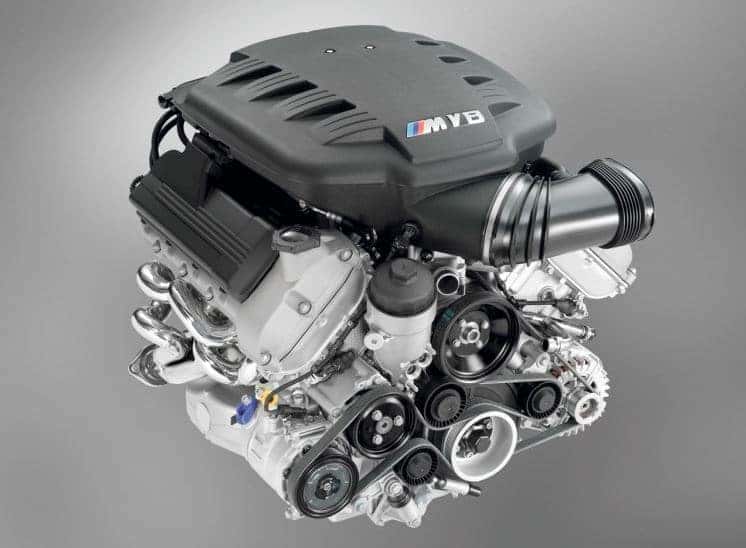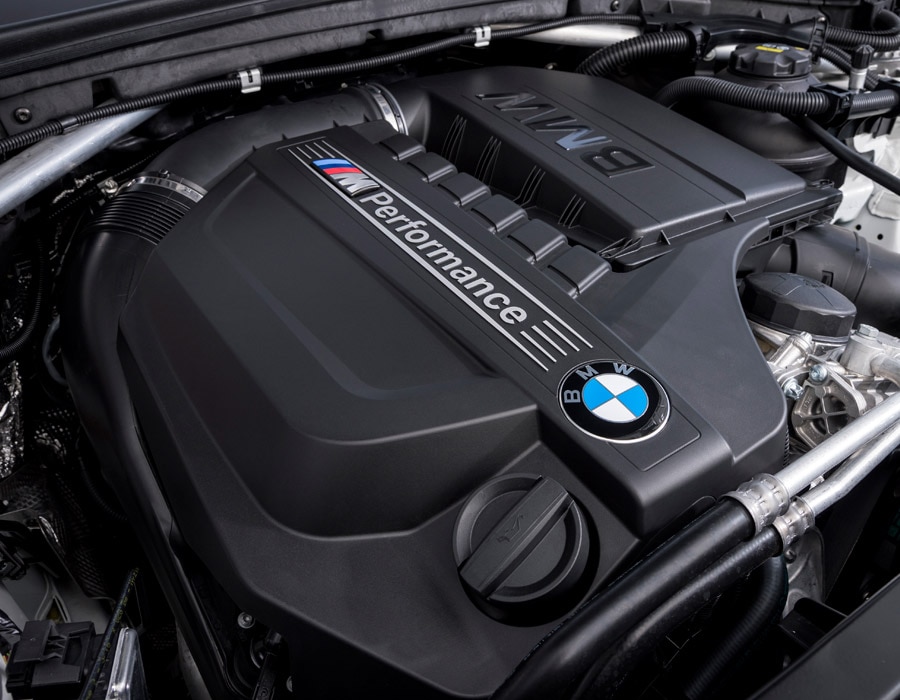Introducing the Secrets Behind the Power of the BMW Engine
Introducing the Secrets Behind the Power of the BMW Engine
Blog Article
Checking Out the Development of Burning Engines in Modern Transport Solutions
As we navigate the landscape of modern-day transport, the evolution of burning engines stands as a testament to human ingenuity and design prowess. The interaction of history, modern technology, and ecological issues in forming the trajectory of combustion engines creates a story that is both compelling and informative.
Early Beginnings of Combustion Engines
How did the idea of combustion engines initial emerge in the onset of transportation development? When the principles of internal combustion were very first explored, the origins of burning engines can be traced back to the 17th century. In 1673, Christian Huygens conceived a fundamental inner combustion engine that utilized gunpowder to create power. It had not been till the late 19th century that useful applications of combustion engines in transport started to emerge.
The breakthrough moment featured the development of the very first effective gasoline-powered engine by Karl Benz in 1885 - bmw engine. This engine led the way for the development of the contemporary auto, transforming transport systems worldwide. Succeeding developments by Nikolaus Otto and Gottlieb Daimler additionally fine-tuned burning engine innovation, resulting in the mass production of vehicles and the fast expansion of the transportation market
These very early combustion engines were defined by their simplicity and efficiency, laying the foundation for the complex and powerful engines used in modern transportation systems. The evolution of burning engines has actually been crucial fit the means we take a trip and carry products, marking a significant turning point in the background of transport advancement.
Shift to Internal Burning Technology
The transition to inner burning innovation marked a crucial change in the development of transportation systems. This change began in the late 19th century, with creators like Nikolaus Otto and Gottlieb Daimler developing the very first effective internal burning engines. These engines revolutionized transportation by supplying a more powerful and efficient choice to heavy steam engines and electric motors.
One of the vital advantages of internal burning engines was their capability to be reduced to fit right into automobiles, resulting in the advancement of automobiles and motorcycles. This change from bulky, fixed engines to compact, mobile ones led the way for the modern-day transportation systems we see today.
The transition to inner burning innovation also stimulated developments in gas technology, bring about the development of fuel and diesel as primary fuel sources for lorries. This shift not just made transportation a lot more obtainable to the masses yet likewise laid the structure for the oil and gas industry to become important to global economic climates.
Influence of Combustion Engines on Transportation
The fostering of burning engines in transportation systems catalyzed an extensive change in the effectiveness and rate of global wheelchair. Burning engines revolutionized transportation by supplying a flexible and trusted source of power for different lorries, consisting of vehicles, airplanes, trucks, and ships. This advancement significantly enhanced the capacity for goods and people to move over long distances in shorter timespan, resulting in enhanced connectivity between regions and nations.
Furthermore, the widespread use of burning engines has actually had a substantial influence on financial growth. The capacity to move items successfully has actually spurred trade and commerce, allowing businesses to expand their markets and reach customers worldwide. This has actually assisted in economic growth and Continue globalization, as products can currently be transported much faster and in bigger quantities than ever before.
Nevertheless, the environmental influence of burning engines can not be forgotten. The burning of fossil fuels has brought about air contamination and greenhouse gas discharges, adding to environment modification and positioning health threats to populaces. bmw engine. Therefore, there is an expanding emphasis on developing different propulsion innovations to reduce these adverse results and produce a more lasting future for transportation
Innovations in Burning Engine Design
One significant advancement is the advancement of turbocharged engines, which use exhaust gases to drive a generator that compresses incoming air, allowing for more gas to be burned, resulting in raised power result without a substantial boost in engine size. Variable shutoff timing systems have actually additionally reinvented engine style by optimizing airflow at various engine rates, improving both power and efficiency. These innovations jointly add to the constant enhancement of burning engines in contemporary transport systems.
Future Patterns in Combustion Engine Development
With modern technology innovations driving constant development, the future of combustion engine growth is poised to transform transportation systems around the world. Among the essential fads in combustion engine development is the press towards better effectiveness and reduced discharges. Producers are spending heavily in study and advancement to boost engine performance while meeting rigid environmental laws. This includes the assimilation of advanced redirected here fuel shot systems, improved turbocharging approaches, and the use of light-weight products to maximize gas usage and minimize carbon discharges.
Another famous fad is the adoption of crossbreed technologies in combustion engines. Hybrid engines incorporate traditional combustion innovation with electrical power, supplying improved fuel effectiveness and reduced exhausts. As the automotive market shifts in the direction of electrification, crossbreed burning engines are viewed as a transitional solution that bridges the gap between traditional automobiles and completely electrical ones.
In addition, the integration of smart technologies, such as expert system and information analytics, is anticipated to play a substantial duty in the future of burning engine growth. These modern technologies can optimize engine efficiency in real-time, leading to much more reliable combustion procedures and improved general lorry performance. Embracing these future patterns will certainly not just drive development in burning engine advancement yet additionally add to a more lasting and environmentally pleasant transportation ecological community.

Conclusion
In conclusion, the evolution of combustion engines in modern anonymous transportation systems has been noted by substantial improvements in innovation and style. From the early starts of combustion engines to the transition to inner combustion technology, these engines have actually had a profound impact on transport.
The origins of combustion engines can be mapped back to the 17th century when the principles of inner combustion were first discovered. These engines reinvented transportation by supplying a much more efficient and effective choice to heavy steam engines and electric motors.

Report this page